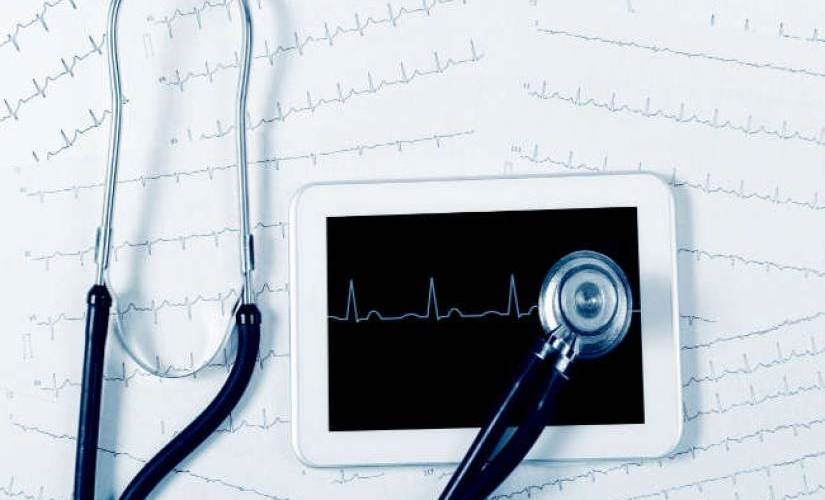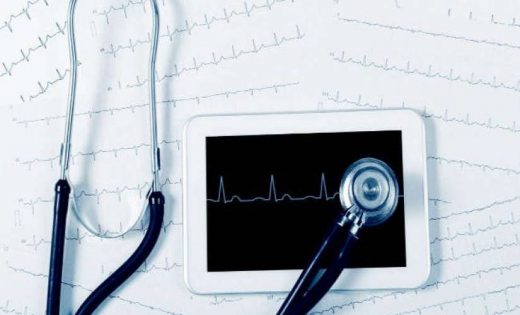Improving Responses to Medical Device Vulnerabilities
Improving Responses to Medical Device Vulnerabilities

You might somehow stand a breach in your personal computer, but getting your medical device hacked is a lot worse. These devices are accountable for so many lives, and the manufacturers must not overlook the vulnerabilities at any cost. Here is improving responses to medical device vulnerabilities.
The concern about medical devices’ cybersecurity came into the limelight a decade ago.
The vulnerabilities came to light about medical devices only after IoT enabled medical devices became prominent. Ethical hackers have demonstrated the loopholes in modern IV pumps, insulin pumps, pacemakers, and other medical devices multiple times.
A decade ago, there was rarely a manufacturer who would admit the easily exploitable.
These manufacturers would question the intent of the hackers –“why would someone hack a pacemaker?” There are many other medical device vulnerabilities that someone could exploit accidentally as well.
How significant is the medical device’s cybersecurity risk?
When medical devices align with an integrated network, software solutions, and operating systems, they leave their points of isolation and enter into the domain of cybersecurity. The devices get complex, and their management turns into a further challenging errand.
In the past few years, medical science has gone through a plethora of innovations to transform the MO of health care delivery. We have improved our capabilities in patient-care with interconnected medical devices, which is a small part of a more complex clinical system.
Where there is interconnectivity, there are loopholes that invite breaches; exactly the same way hackers get into interconnected computer systems, servers, databases, and other devices.
Unlike traditional computer networks, interconnected medical devices account for life and death conditions — a breach in the same means a direct impact on the overall clinical care and patient care infrastructure.
Considering the confidentiality of patient data and the patients themselves, exploiters can leverage medical devices for several reasons.
There is a substantial need for security with our medical devices.
The lifespan of a typical medical device may range between 15-20 years. During this period, a patient may not be able to keep the device up-to-date with the latest patches and standards.
Such devices often become the easiest targets of hackers. Once a hacker gets into a weak device, he or she can find numerous ways to get into the mainframe and other devices in the same network from there.
Hackers don’t need anything very sophisticated to hack into even the best clinical systems.
A hacker can simply use one of the devices personally and keep a track of the manufacturing loopholes and error messages. Once a hacker finds enough weak points, software vulnerabilities, sensitive hardware information, they can launch intensive attacks on the vulnerable points.
A hacker getting into the central system has much bigger intentions.
Why medical devices need cybersecurity?
We’ve seen that hackers can exploit individual devices to get inside bigger networks of the clinical systems. Interestingly, there have been numerous cases of attacks on the health care sector. According to the Ponemon Institute, hackers have successfully exploited at least 94% of the medical organizations in recent years through cyber-attacks.
Unfortunately, the security practices and cybersecurity measures used in healthcare are not enough to keep pace with growing risks. SANS Endpoint Security Survey in 2014 stated that attackers are not even using stealth techniques. They don’t have to — a hack can easily bypass the weak perimeter protections of the clinical systems.
After getting into the perimeter through weak nodes, attackers can quickly launch phishing and DDoS attacks.
-
Attackers are targeting the healthcare industry as a whole.
Individual devices are just entry points. Attackers are using sensitive data these devices possess to target the entire health care businesses. Easily accessible devices such as fitness tracker bands can also be leveraged to target the medical or insurance systems.
Hackers can manipulate such as data to carry frauds with insurance companies. Hackers can use a similar approach to launch attacks on any healthcare business integrated into such networks.
-
The life-threatening risk to the users and the patients.
Many cardiac devices depend on the wireless system to function. A breach of the system could give unauthorized access to these devices to hackers. Hackers can now manipulate the devices and break their settings to kill a patient intentionally.
A hacker can manipulate a device’s battery or modify the heartbeat to cause damage to the patient.
How to improve responses to medical device risks?
Not just hospitals but also a number of entities work together to manage a connected device. A hospital can have hundreds and thousands of active devices. Every device is a gateway to the network and thus, a potential target for exploiters and hackers. Every device in a network is unique, and we cannot mitigate every threat using the same tactic. We need flexible security solutions.
- Working on information security processes together
Since there are multiple manufacturers in the market, it’s a complex task to implement coherent security processes across all manufacturers. All of them have different processes, equipment, standards, and logical clinical workflow when it comes to manufacturing. Though manufactures can achieve some kind of coherence in the devices through standard practices, this does not mean there is a coherence in the security measures as well. Manufacturers need to implement a secure configuration of a common network with successive coordination to manage the software solutions running on their devices.
-
Seamless channels between users-healthcare-manufactures.
There should be seamless feedback and real-time tracking system between the health care service providers and manufacturers. With real-time reporting, manufacturers would get enough time to mitigate potential threats or even operational issues.
Though there are already such real-time tracking and notifications systems in the network, they have focused more on operational reporting of the devices; not the cybersecurity threats.
It doesn’t matter if they manage it in-house or consult IoMT security solution firms, who specialize in tracking and mitigating such threats, the manufacturers and the hospitals must implement an extra layer of security.
-
Risk management and regulation of the standards.
Once the health-care services are coherent, and different device manufacturers, it becomes easier to manage the risks. With a standard manufacturing process, robust governance, and real-time tracking of the threats, it’s easier to identify the risks and respond to the same quickly.
The following practices would help in this direction:
- Adding regulatory compliance for manufacturers.
- Mandatory standard documentation of the data flows.
- Training for biomedical technicians in crucial IT practices.
- Advanced resilience and protection measures to mitigate the losses.
To summarize
Securing medical devices in a complex network is indeed a challenging mission. With so many businesses in the market, there is a significant difference in the technology stack, operating systems, development environment, software architectures, in-house codes, and essential third-party integrations.
Until there is significant coherence in the market, businesses must implement specialized solutions crafted for the very need at their end. Human life is at stake with medical devices; there is no room for error. A medical device’s cybersecurity is a non-negotiable investment for everyone involved.
The post Improving Responses to Medical Device Vulnerabilities appeared first on ReadWrite.
(45)


